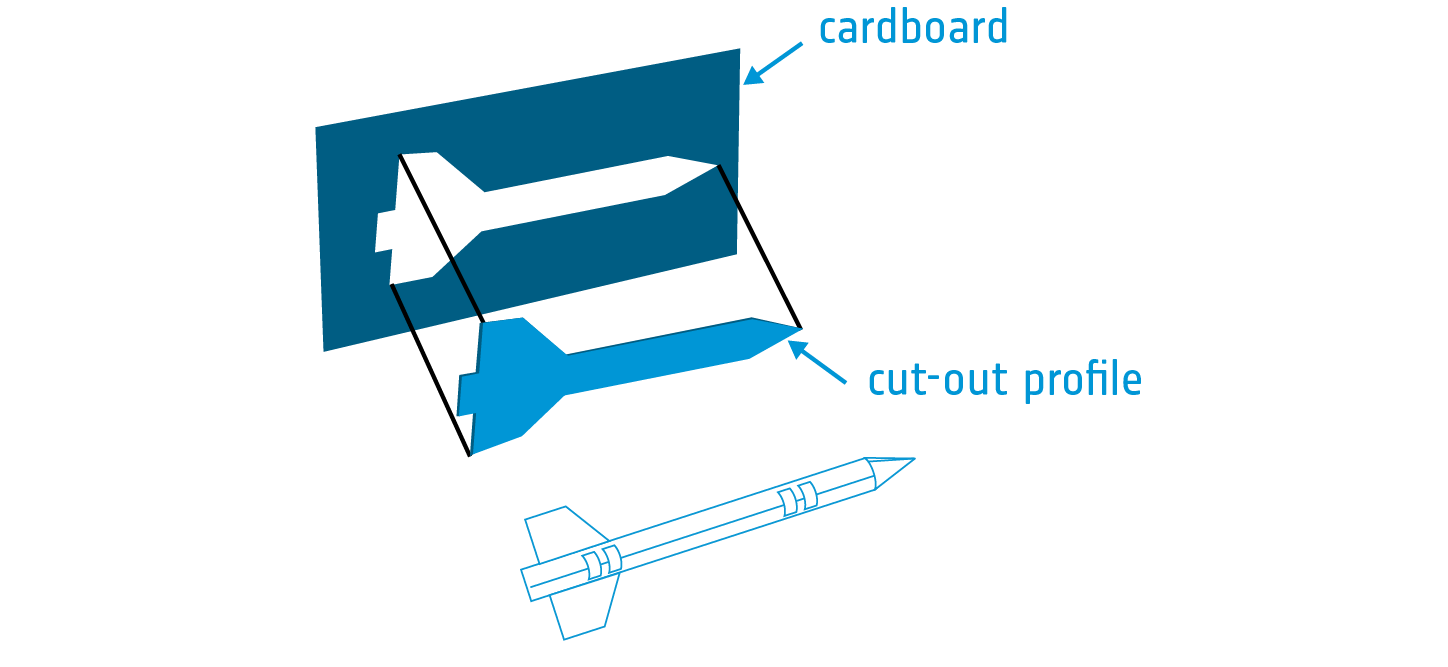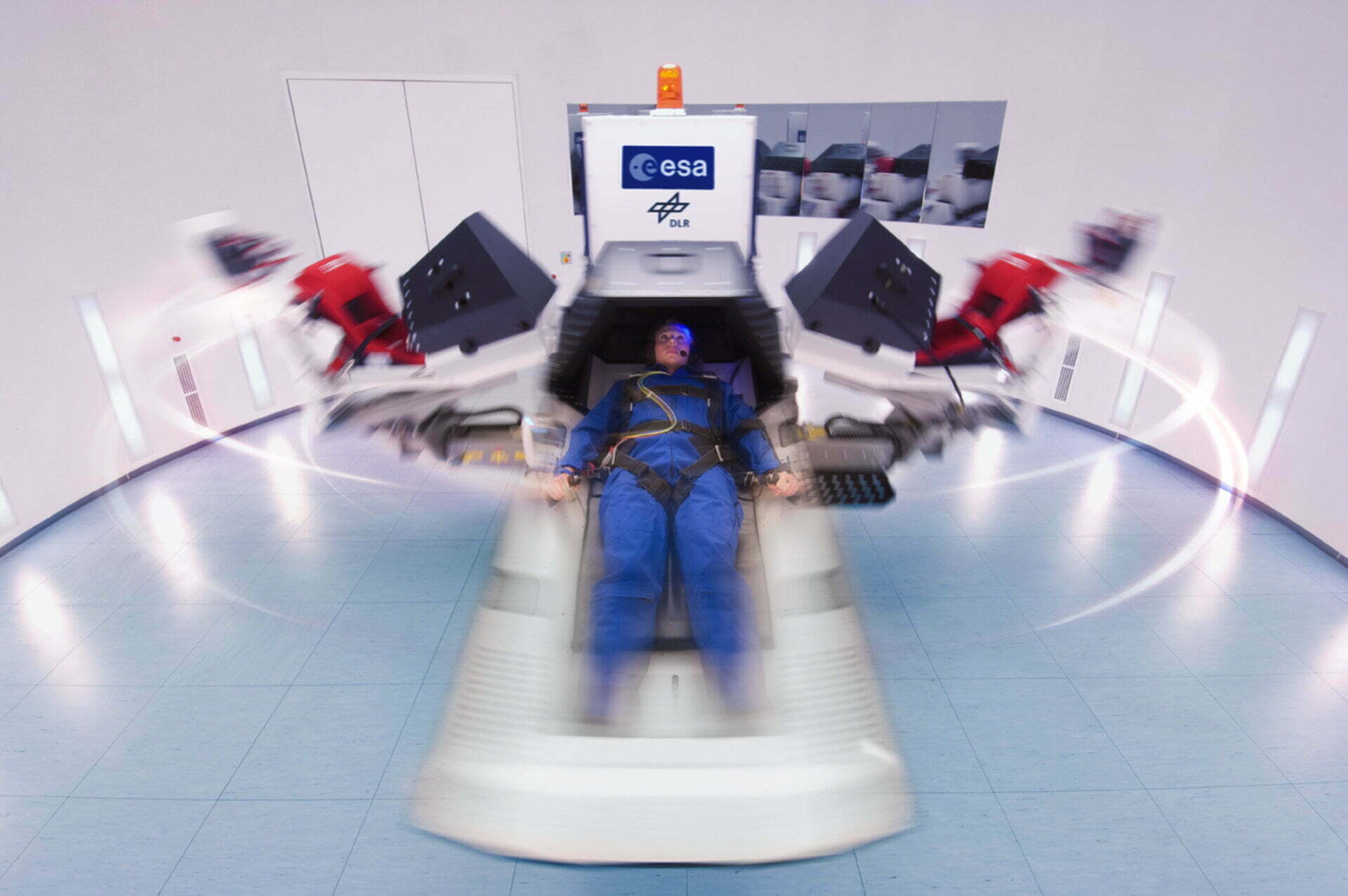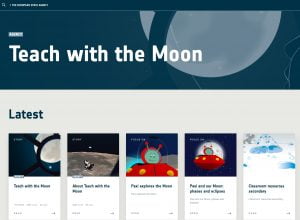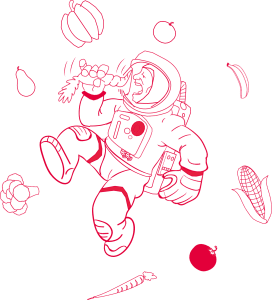3… 2…1… Lift off! – Building your own paper rocket
In this set of 3 activities, students will design and build their own paper rockets and launch them.
They will learn what it takes in order for a rocket to be stable and they will calculate the rocket’s trajectory and velocity.
They will learn about the velocity required to leave Earth in a rocket and uncover why the Moon has the potential to be a stepping stone for further space exploration.
Lastly, they will calculate the acceleration of their rocket at launch and put this into a context of the G-force experienced by astronauts during launch.
Learning Objectives:
Age range:
14 – 16 years old
Time
Lesson: 2 hours
Resource available in:
Activity 1: Build your own paper rocket
In this activity, students will build a paper rocket. They will find the center of mass and the center of pressure and try to make their rockets as aerodynamic as possible. They will test the stability of their rocket and consider which variables in their rocket design will influence the performance of their rocket.

Equipment
Activity 2: Launch your rocket
In this activity the students will uncover that mathematics is an integral part of rocket science. They will learn about forces and have to draw free-body diagrams. Both before and after launch they will have a look at the trajectory of the rocket and do calculations involving velocity.
Equipment
Activity 3: Human Spaceflight
In this activity, students will learn about acceleration, forces and G-force. They will explore why there needs to be some extra precautions when launching manned rockets.
Equipment
Did you know?
A G-force is not a force, but rather a ratio of the total acceleration of an object to the acceleration due to the gravity of Earth. Exposure to high G-forces can affect us in different ways. For example, a slap on the face may briefly impose hundreds of G locally and do little damage but constant exposure to 16G for a minute can be deadly.
Usually during launch, astronauts can experience between 3G and 6G! They are able to handle such high g forces by training in a centrifuge like the one in the picture.
Usually during launch, astronauts can experience between 3G and 6G! They are able to handle such high g forces by training in a centrifuge like the one in the picture.

The ESA-developed Short-Arm Human Centrifuge
Keywords:

Teach with the Moon
ESA’s Teach with the Moon webpage. A collection of lunar resources for teachers and educators.

AstroCrops – Growing plants for future space missions
Brief description: In this set of activities, students will build an understanding of germination and plant growth by following the development of three unknown plants

AstroFood – Learning about edible plants in Space
Brief description: In this set of activities, students will learn about the different components of plants. They will learn which parts of plants are edible




